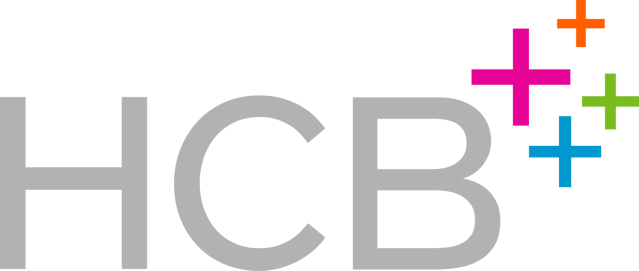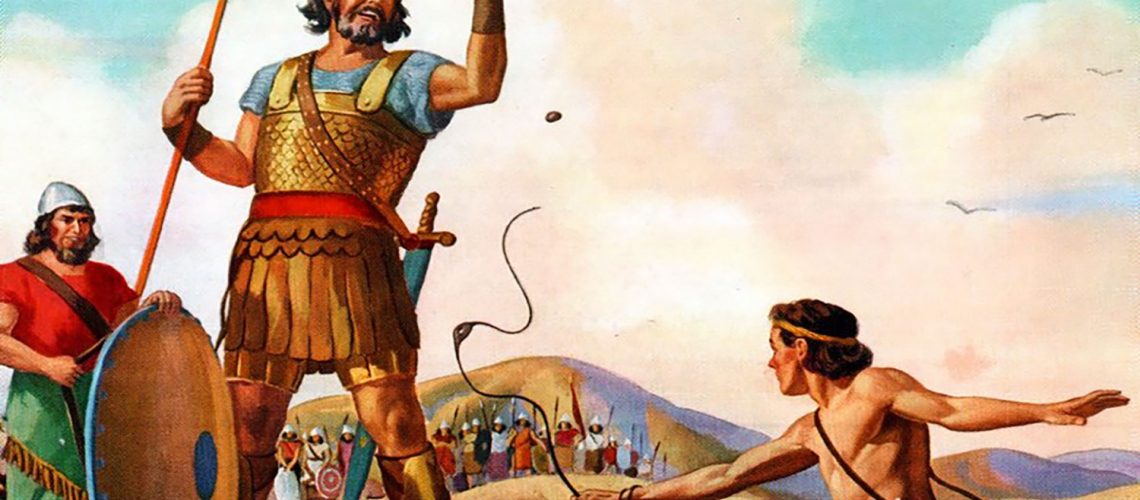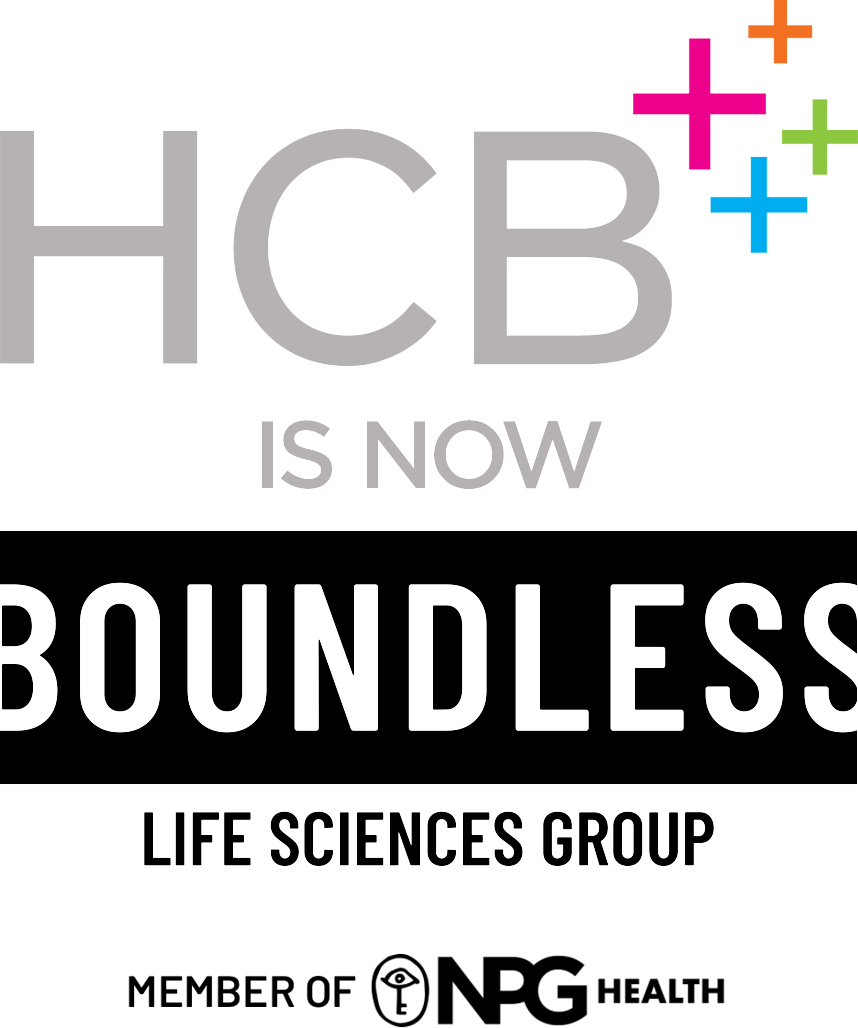Recently, Francesco Lucarelli teamed up with eyeforpharma to write about being an underdog in our industry. The piece sparked conversation amongst the agency regarding how underdogs can fight goliaths in specific areas like digital, media and creative.
We sat down with SVP Executive Creative Director Amy Hansen to talk through the age-old David vs. Goliath tale and how it relates to paid media within the medical advertising space.
What are the biggest advantages of being an underdog or upstart company working to break into a space owned by goliaths?
The ability to be agile and move fast and take risks in ways that can be more difficult for larger companies.
In the last decade, how have things changed for underdogs? Do you feel it’s easier to be an upstart today than it was 10-15 years ago?
I don’t really know. In one sense, I feel like there are a lot more underdogs today who are taking on the rare disease space and are able to do some pretty innovative stuff, using CRISPR, genetic identification for diagnosis and cell and gene therapy to advance treatment. The space has really opened up for smaller players to make a big difference among many micro patient and caregiver populations. I think that’s their sweet spot.
But whether or not it’s easier than a decade ago, I don’t think so. There’s fierce competition for funding — R&D is costly, time intensive and full of risks. And the more diseases and genetic variants identified, the more therapies developed and approved, the greater the fragmentation of healthcare provider mind space, focus and attention. You have to work harder — or differently — to achieve the same goals.
On the other hand, an innovative pipeline is attractive to the big players who want to supplement their portfolio. These partnerships and mergers and acquisitions can be good for smaller companies — and patients. The larger industry players are pros at getting treatments approved, commercialized and into the hands of those who need it most. So, I guess I would say that underdogs have a lot more options today and perhaps more leverage than in past decades.
In your area of expertise, what’s the best way for an underdog to gain market share when up against a goliath?
To me it’s about your appetite for risk. As an underdog, risk is inherent and you have to be able to embrace it in order to survive. That means going out there and talking directly to patients and caregivers, spending the time and money to sharpen your strategy and insights, and identifying appropriate social channels and the influencers within them who can help you get your message out there in a way that is relevant, authentic, creates awareness and moves customers to action. It can be uncomfortable and scary — it’s tempting to take guidance from the larger players, but their situation is entirely different. Underdogs have to recognize that and boldly lean into the sharp points.
Having worked on both goliath and underdog brands, do you prefer one over the other? Why?
I prefer the brands that are doing something truly innovative and helping patients in a new way. To me, it does not matter if it comes from a goliath or an underdog, as long as you are doing something meaningful for people.
Are there any underdogs who have inspired you recently? What was it about their efforts that caught your eye?
Of course, there are the things going on with cell and gene therapy that are super interesting to me, because the treatments are so meaningful for those micropopulations with rare diseases who currently have nothing. I find it extraordinarily rewarding to be part of a team that helps bring hope and better outcomes to these patients.
From a creative standpoint, I of course am partial to those efforts that are disruptive with a purpose. Some of the creative I remember from recent award shows include “Dyskinesia Is A Jerk” from Adamas Pharmaceuticals. There was also a particularly beautiful design execution from Astellas that highlighted the dangers of an often-hidden, aggressive form of AML. Of course, I’m proud of the creative solutions we’ve been a part of at HCB Health. For example, we produced a podcast about ALS for Mitsubishi Tanabe. It may not seem like a big deal, but when you think about the physical limitations of patients with ALS, all of a sudden, it makes a whole lot of strategic and creative sense.
Of course, no innovative creative solution is possible without a great agency-client partnership. It takes a lot of trust and courage to do something different. But the reward — seeing what you created change minds and behaviors, seeing patients respond positively and engage with your company or brand — that is so worth it. That’s what I want to do and be a part of, whether I’m working with a goliath or an underdog.


